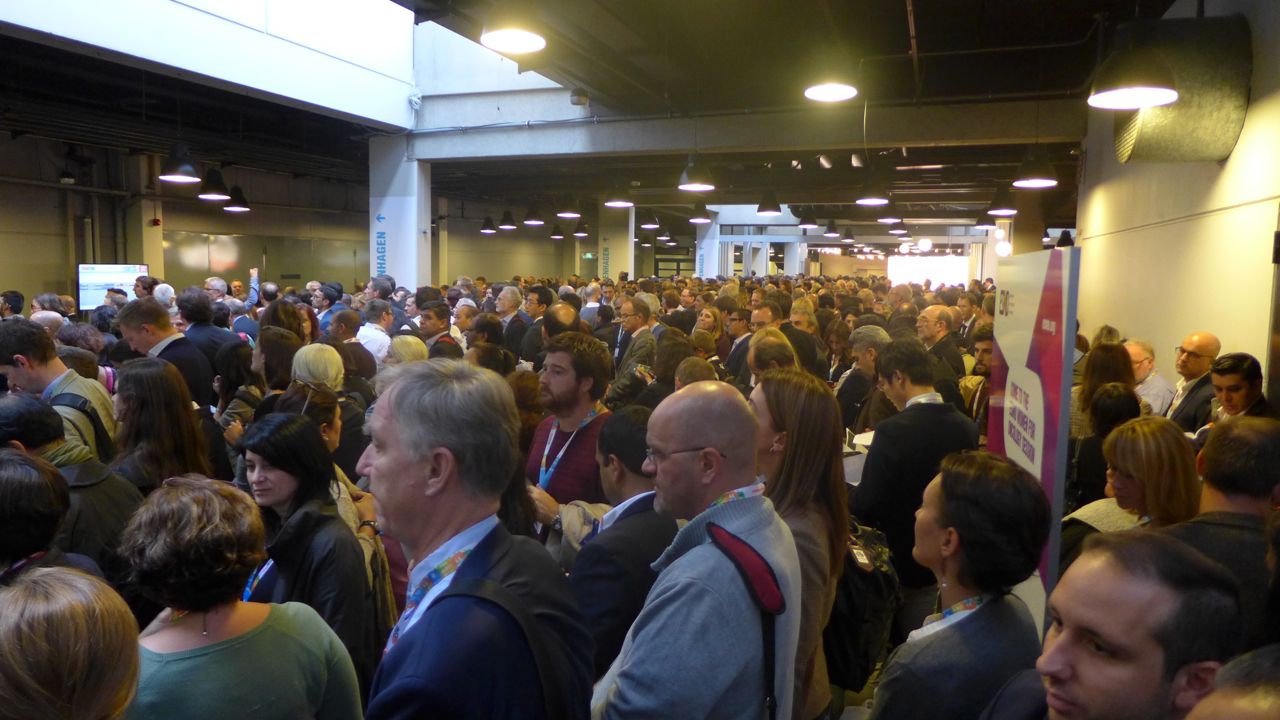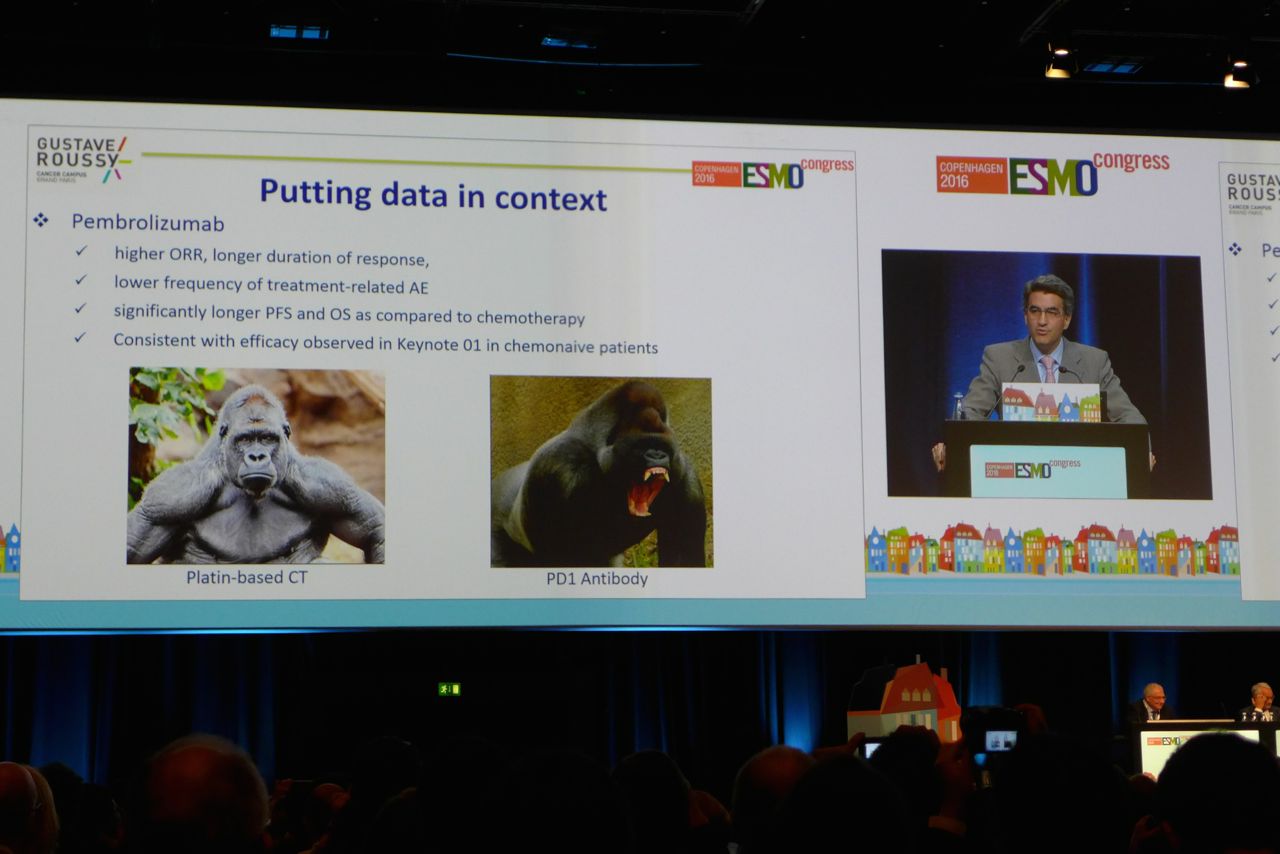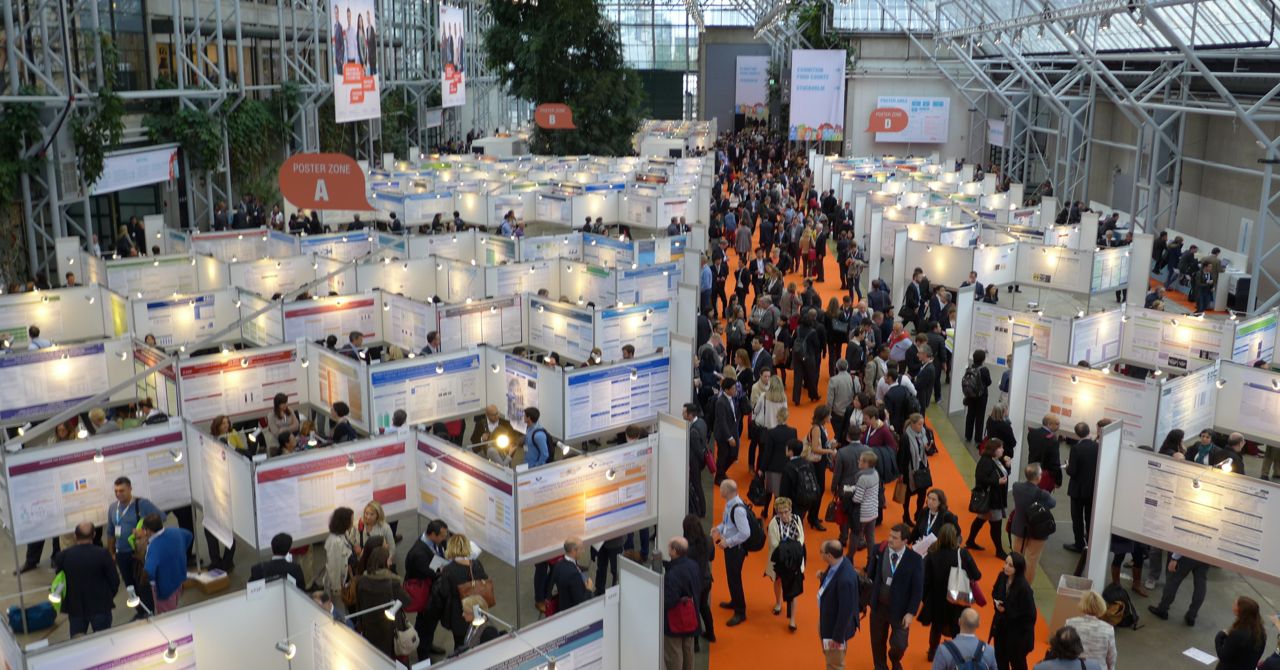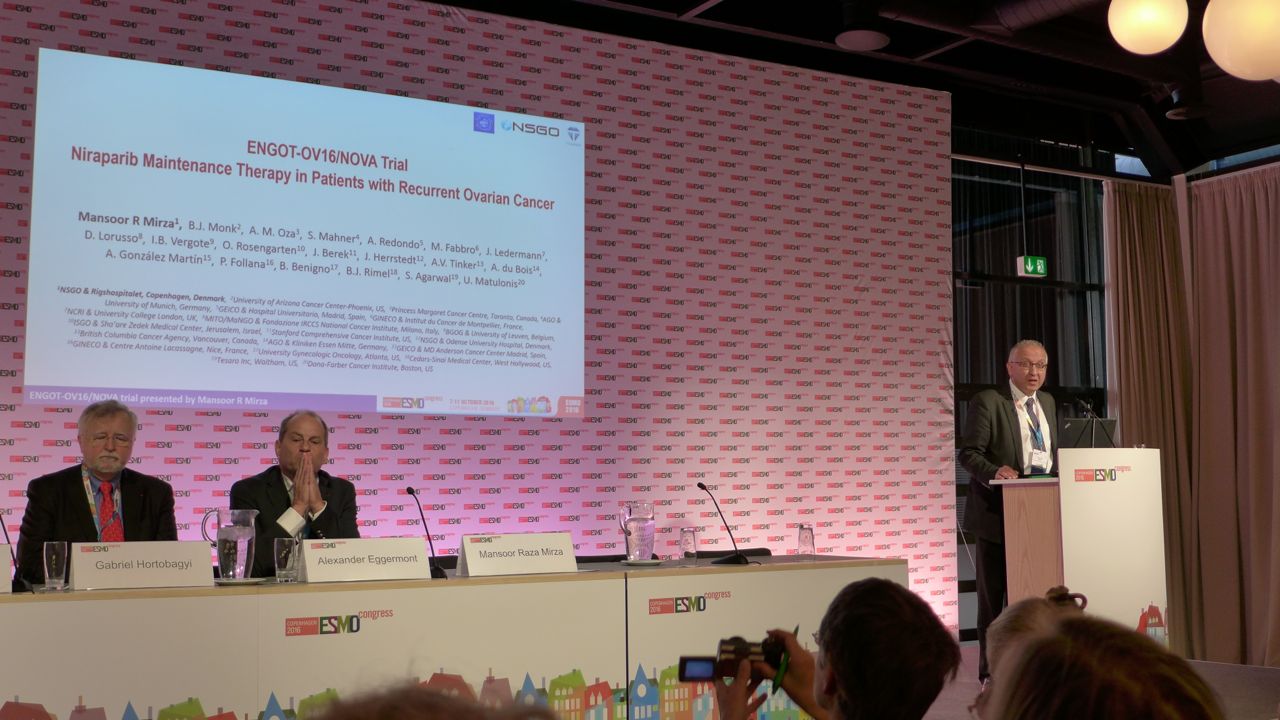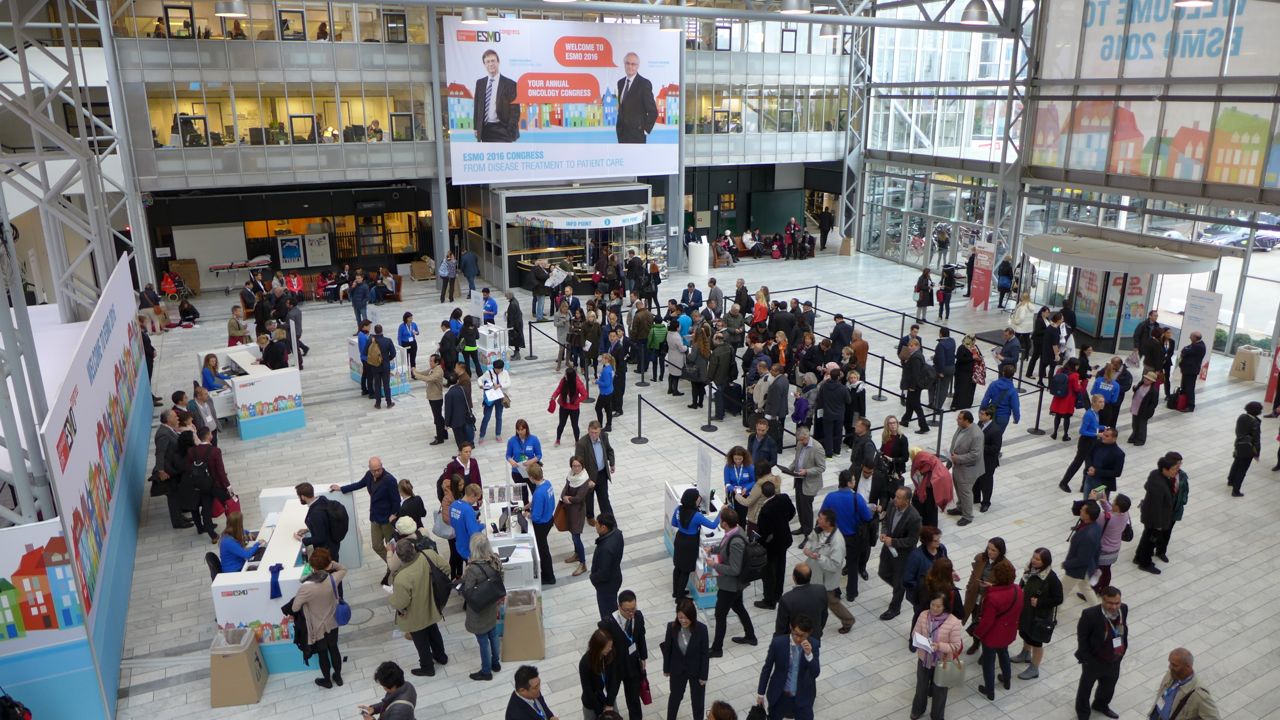How circulating tumor DNA could change cancer treatment
We’re continuing our series of posts from the 2016 San Antonio Breast Cancer Symposium (SABCS) with an expert interview on how circulating tumor DNA could change breast cancer treatment.
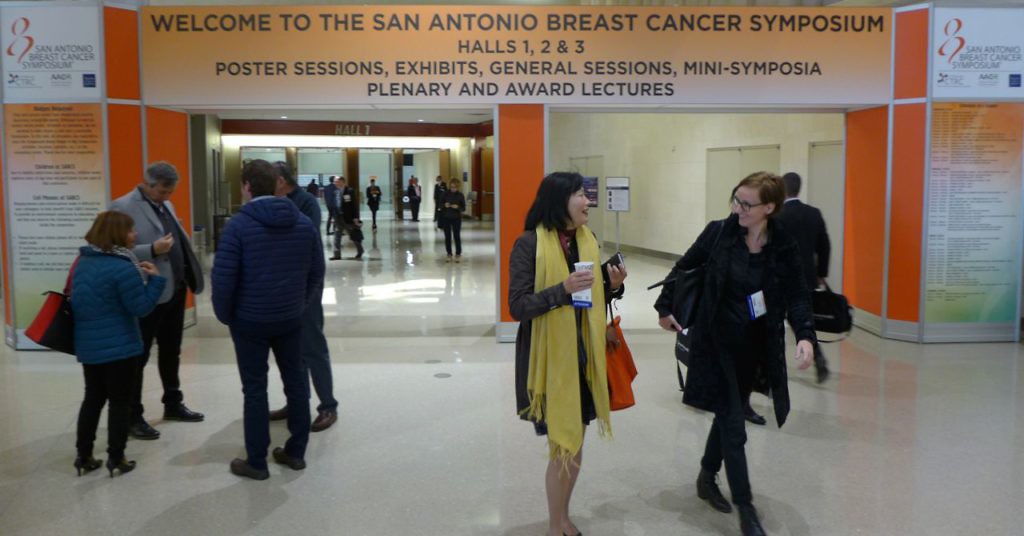
There has been a noticeable increase in attention and focus on the application of liquid tests – especially from blood – over the last five years, culminating in a spinoff company called Grail from the deep sequencing giant, Illumina, announcing a massive funding round earlier this month.
At the time of the BSB expert interview in San Antonio, we had no idea that the Grail news was going to hit just a couple of weeks later!
While much of the media attention surrounding Grail has focused on the early detection of cancer in apparently healthy individuals, there’s actually a much more useful application where it could be more immediately applied to great effect.
Circulating tumor DNA (ctDNA) or cell free DNA (cfDNA) has the potential to revolutionise and improve monitoring over time for people with cancer who are receiving therapy.
This is the third in our series of expert interviews from the 2016 San Antonio Breast Cancer Symposium (#SABCS16).
Subscribers can login to learn more about this exciting field.
This content is restricted to subscribers
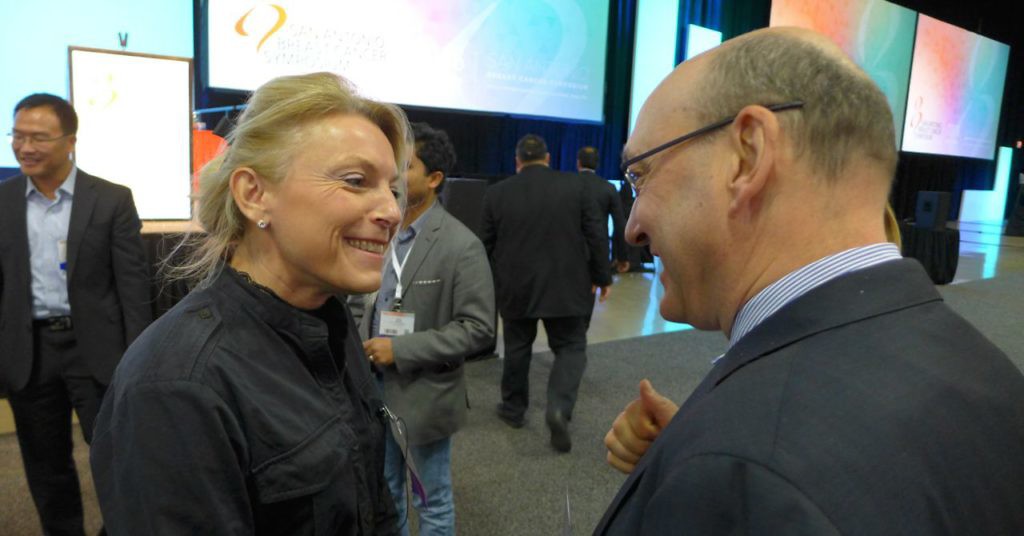
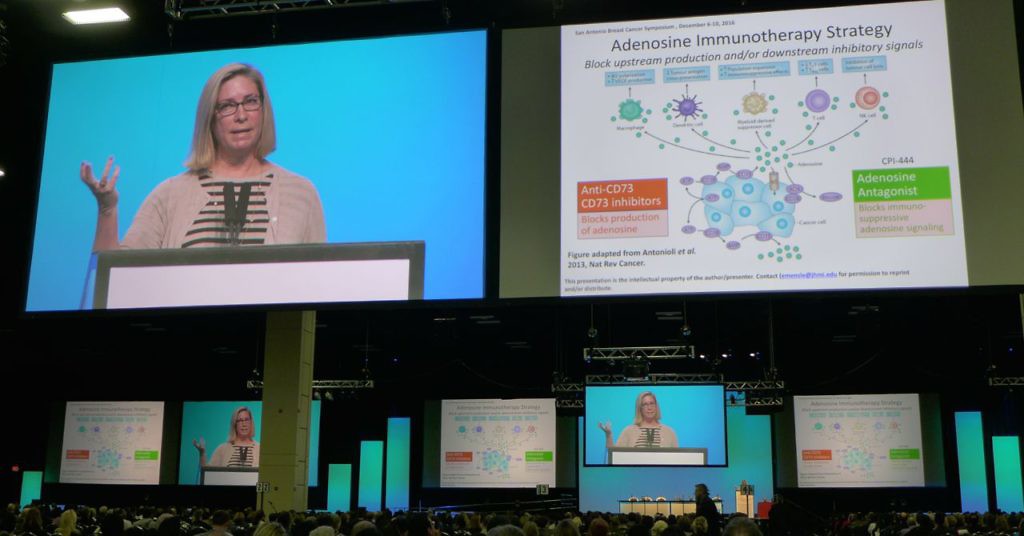
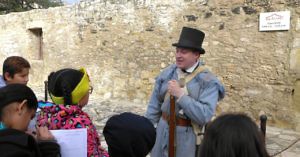 We’re kicking off the first in a mini-series of expert interviews from the 2016 San Antonio Breast Cancer Symposium #SABCS16 with a leading researcher who has discovered a
We’re kicking off the first in a mini-series of expert interviews from the 2016 San Antonio Breast Cancer Symposium #SABCS16 with a leading researcher who has discovered a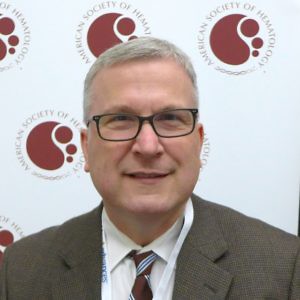

 “Super Friday” at ASH, as it’s commonly known, is a day typically associated with satellite symposia, where company’s and organisations sponsor or give unrestricted grants for continuing medical education (CME) around a specific topic or theme. These are professionally produced events that offer fair balance and a line up of experts.
“Super Friday” at ASH, as it’s commonly known, is a day typically associated with satellite symposia, where company’s and organisations sponsor or give unrestricted grants for continuing medical education (CME) around a specific topic or theme. These are professionally produced events that offer fair balance and a line up of experts.
